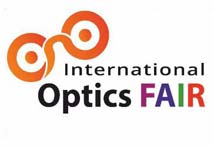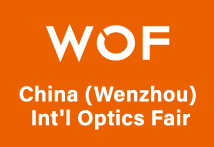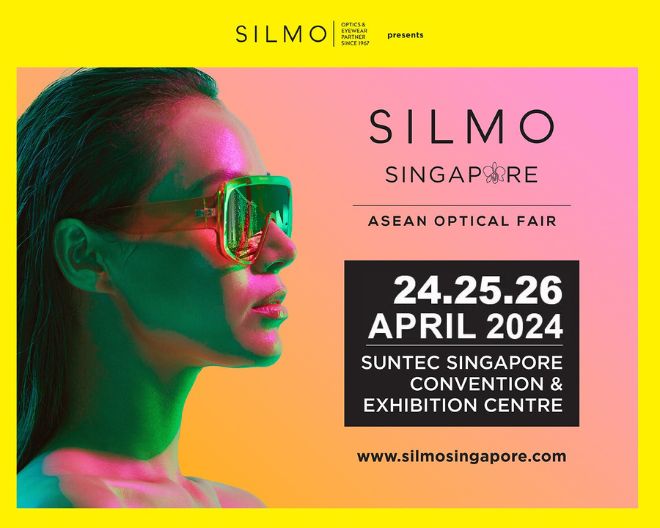Empowering Students’ Optometry Learning Journey with Technology
_(Facebook_Post)1.jpg)
In today’s digital age, science and technology continuously introduce vast amounts of information across every field. This rapid expansion requires students to keep pace with evolving knowledge, often presenting new challenges for learning effectively. Given this, technology is more than a convenience; it’s a powerful tool that can tailor education to individual learning needs, making study more accessible and engaging.
Each student has unique learning styles and preferences. Some thrive by reading text and taking notes, while others need more visual aids like videos, diagrams,or images. Some students learn best through hands-on practice or by creating mental images, such as 3D models, in their minds. This diversity in learning styles can make traditional teaching methods challenging for students who need alternative approaches to fully grasp the content. Technology, however, offers a way to bridge this gap, catering to a range of learning preferences and needs. This customization makes studying more enjoyable and efficient, as students can explore concepts in a way that aligns with their learning strengths.
Despite their best efforts, students often face difficulties in understanding complex material using traditional resources. During the first year of studies,experience these very challenges, to address this, here are a few types of technology-driven study aids we discovered that have transformed our learning experience.
 |
Educational apps are a game-changer, offering an expansive selection of study materials through various media formats. Several applications that combined images, videos, quizzes, and even games to reinforce our understanding of complex subjects. These apps allowed us to break down difficult concepts into manageable chunks, making them easier to review and remember. For example, some anatomy apps use interactive 3D models to explain anatomy, enabling us to visualize structures in detail and see how they interconnect—a significant improvement over static images.
Technology-supported learning promotes self-assessment, an essential skill for lifelong learning. By using tools like quizzes, flashcards, and progress-tracking features, we gained real-time insights into our strengths and areas for improvement. This approach enabled us to target our weaknesses and monitor our improvement over time.
 |
Conclusion: A New Era in Student Learning
For students, the journey through education is no longer a one-size-fits-all experience. Through technology, learning has become more personalized, inclusive, and dynamic, allowing students to excel in once unimaginable ways. As we move forward, continued integration of technology into education promises to make learning more accessible, enjoyable, and impactful for students of all backgrounds and abilities.
References:
1. Acosta, M. L., Sisley, A., Ross, J., Brailsford, I., Bhargava, A., Jacobs, R., & Anstice, N. (2018). Student acceptance of e-learning methods in the laboratory class in Optometry. PloS one, 13(12), e0209004.
2. Gupta, V. K., & Gupta, V. B. (2016, November). Using technology, bioinformatics and health informatics approaches to improve learning
experiences in optometry education, research and practice. In Healthcare (Vol. 4, No. 4, p. 86). MDPI.
3. https://www.aao.org/education/education-app

.jpg)
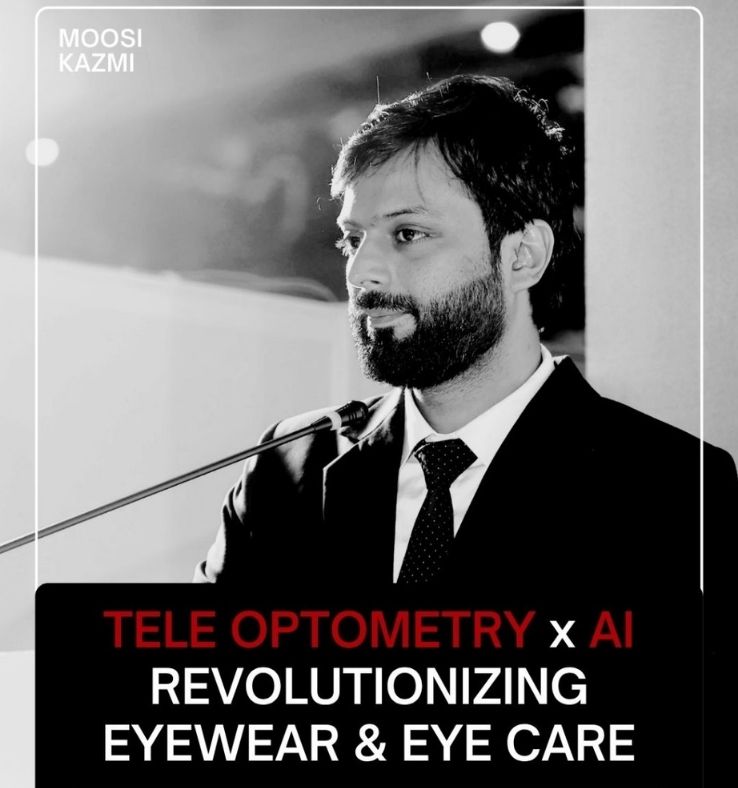
.jpg)
.jpg)
.jpg)
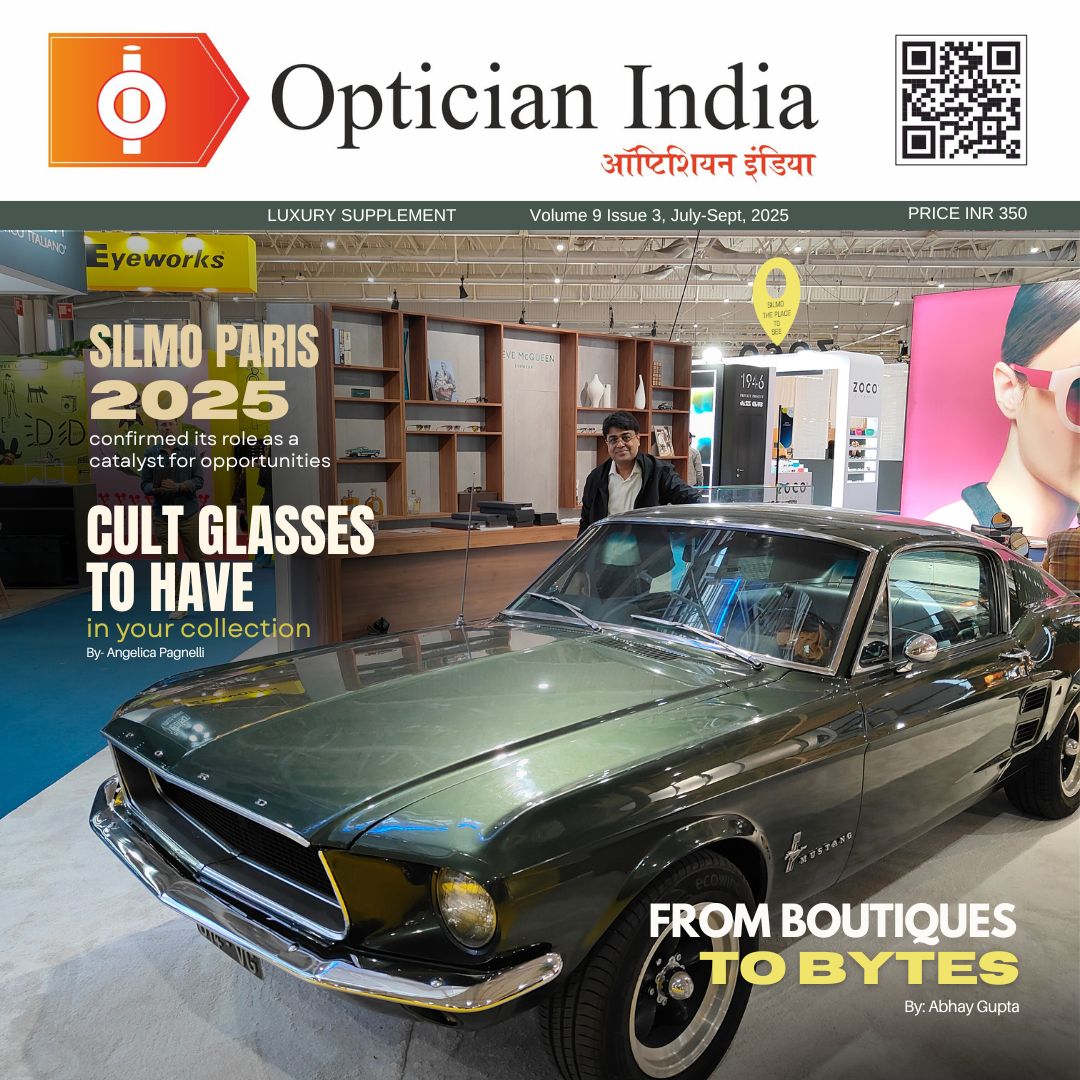
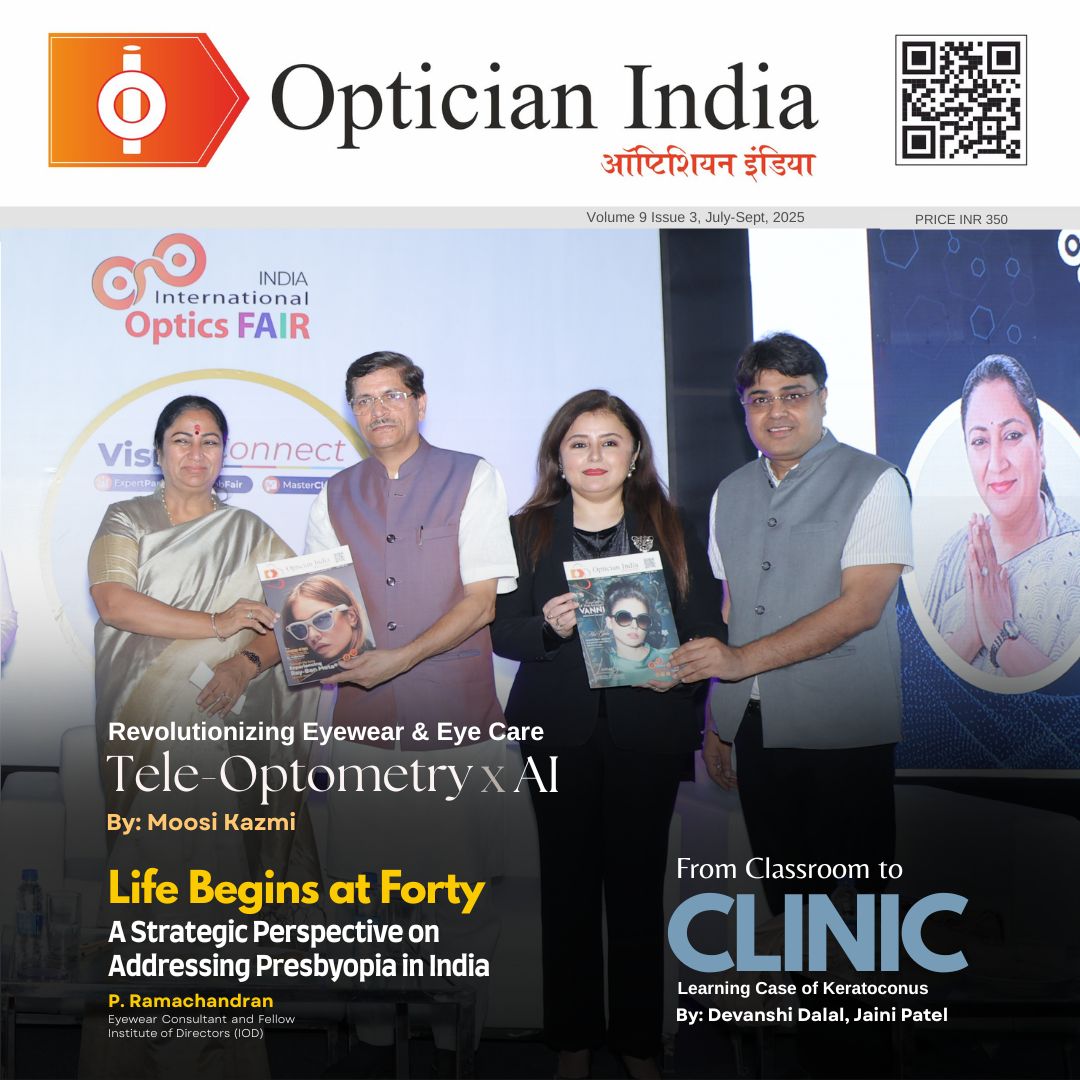
1.jpg)
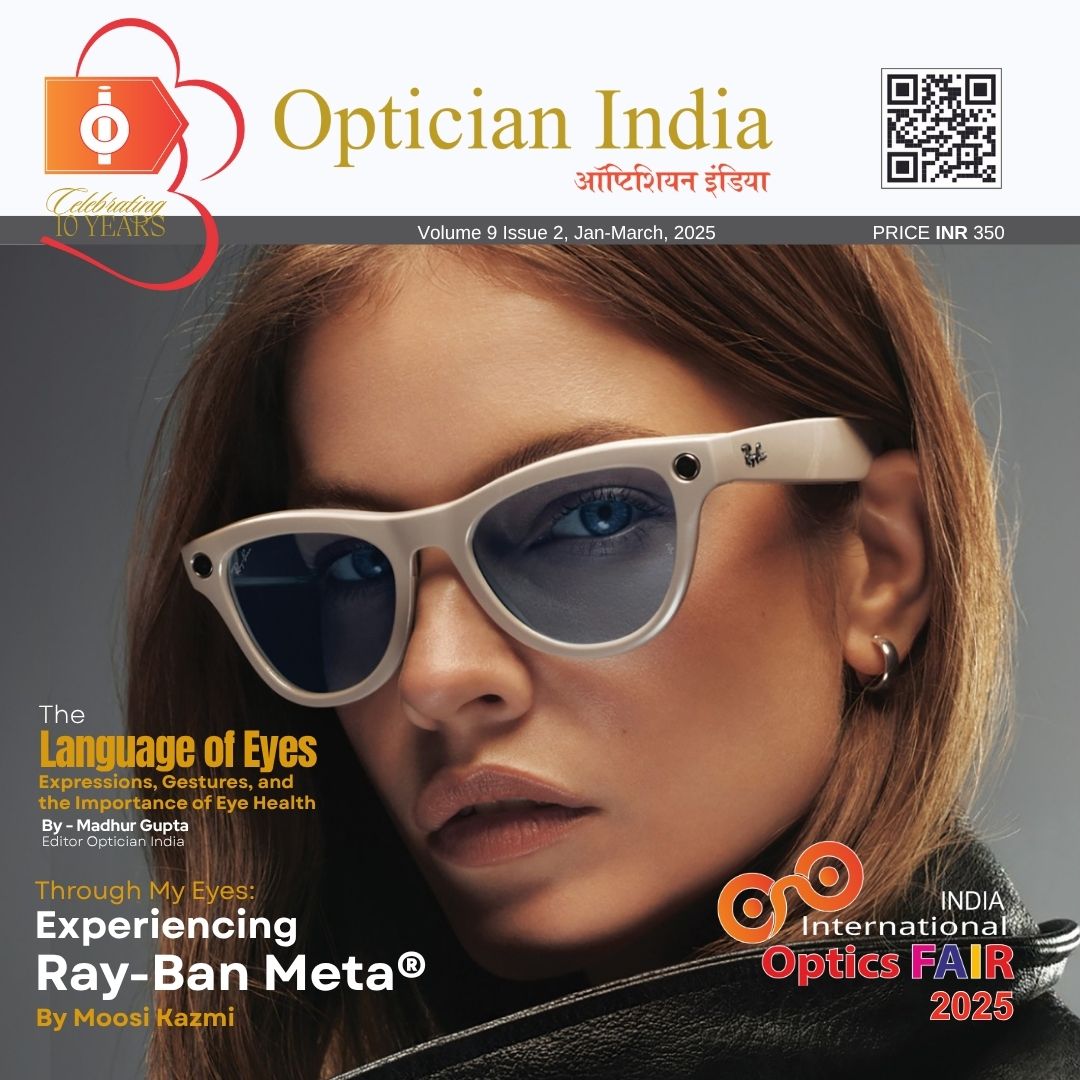


.jpg)
.jpg)

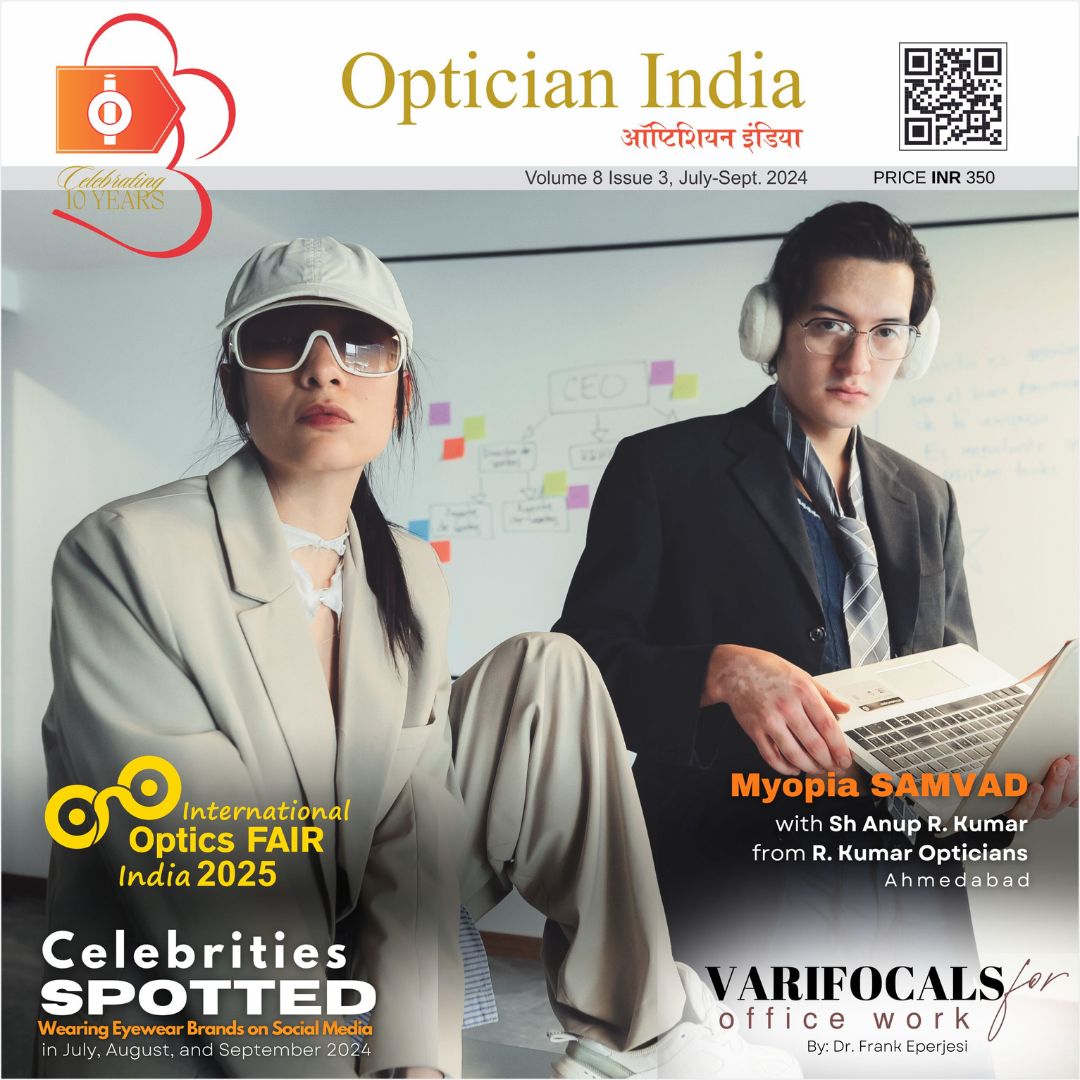

_(Instagram_Post).jpg)
.jpg)
_(1080_x_1080_px).jpg)
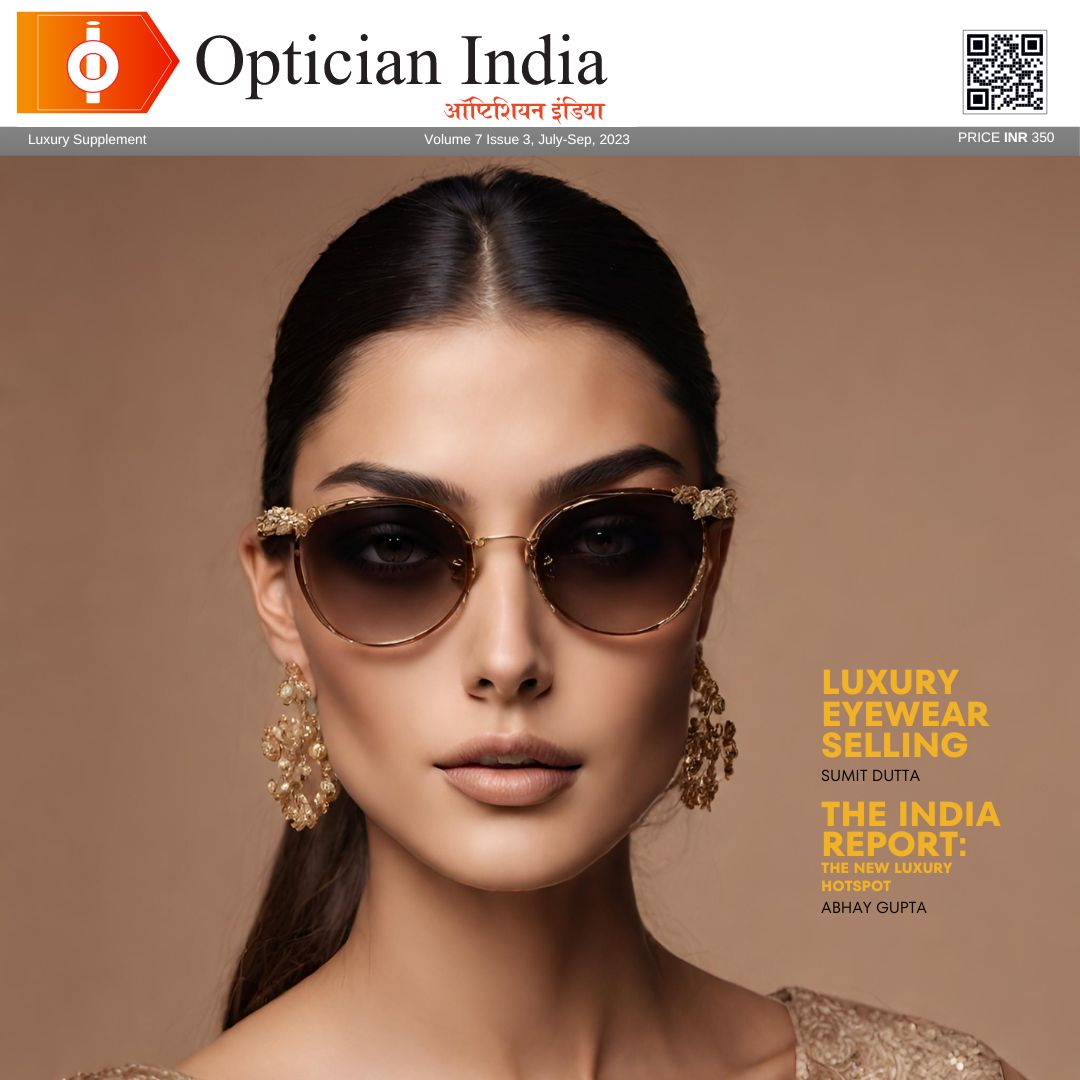

with_UP_Cabinet_Minister_Sh_Nand_Gopal_Gupta_at_OpticsFair_demonstrating_Refraction.jpg)
with_UP_Cabinet_Minister_Sh_Nand_Gopal_Gupta_at_OpticsFair_demonstrating_Refraction_(1).jpg)
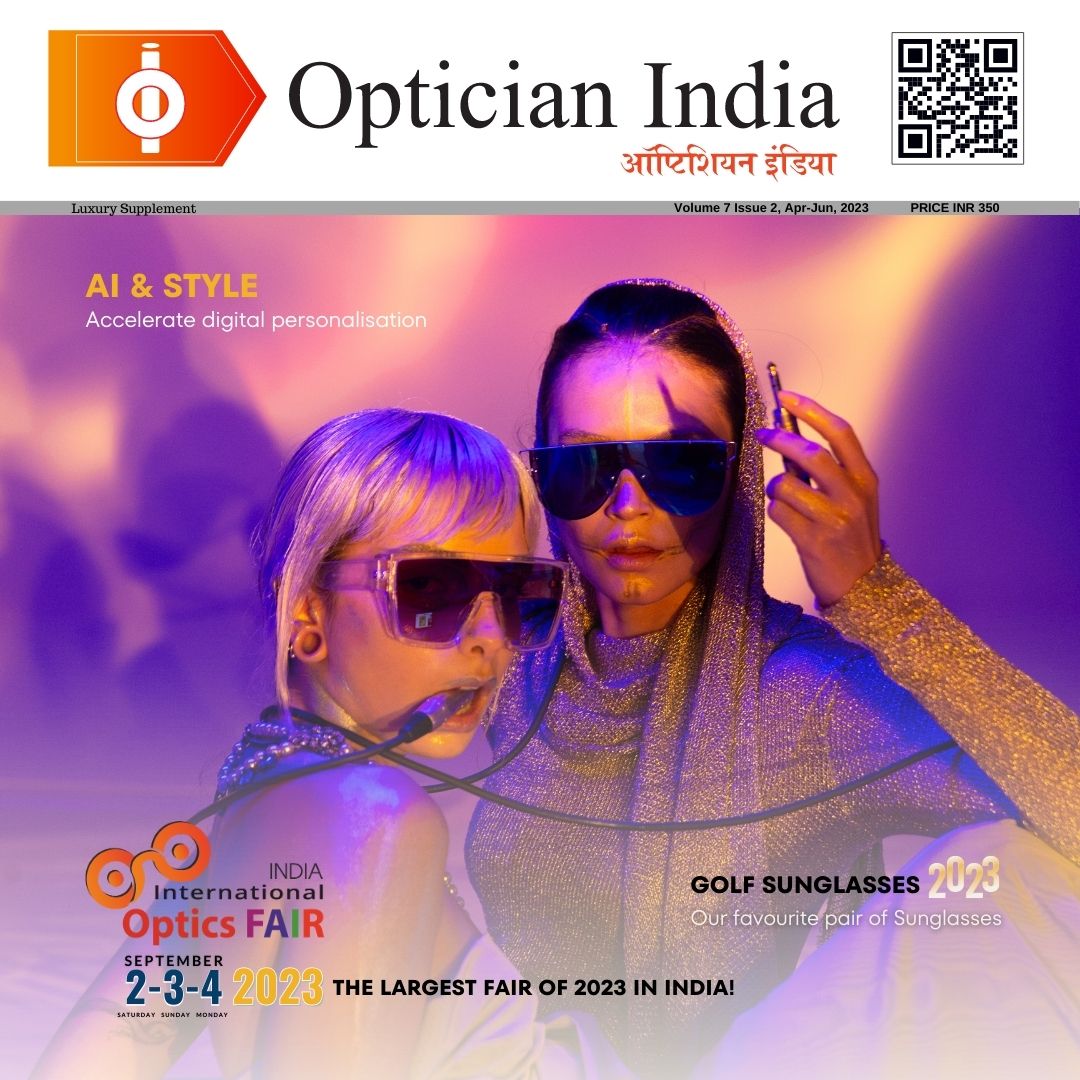
.jpg)
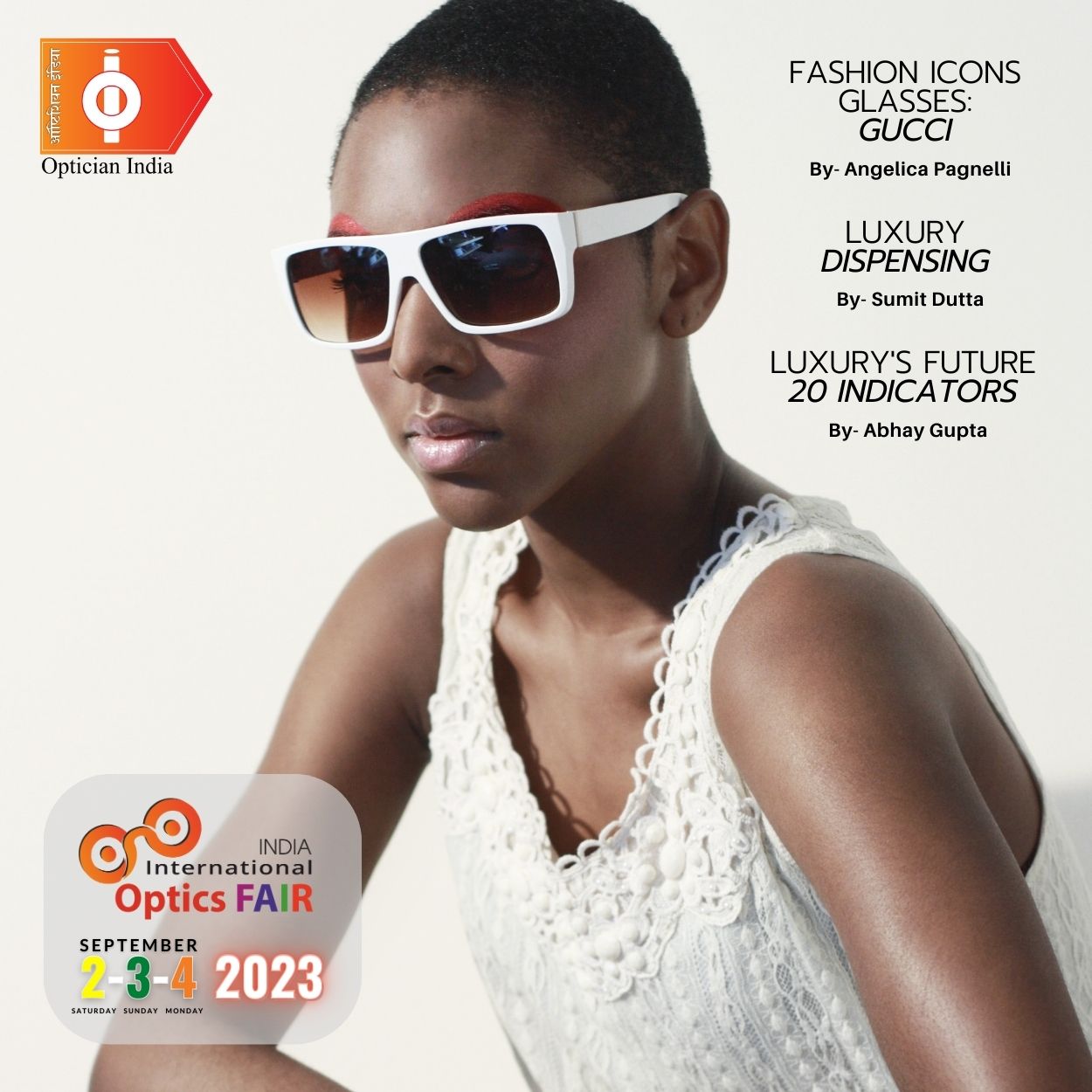


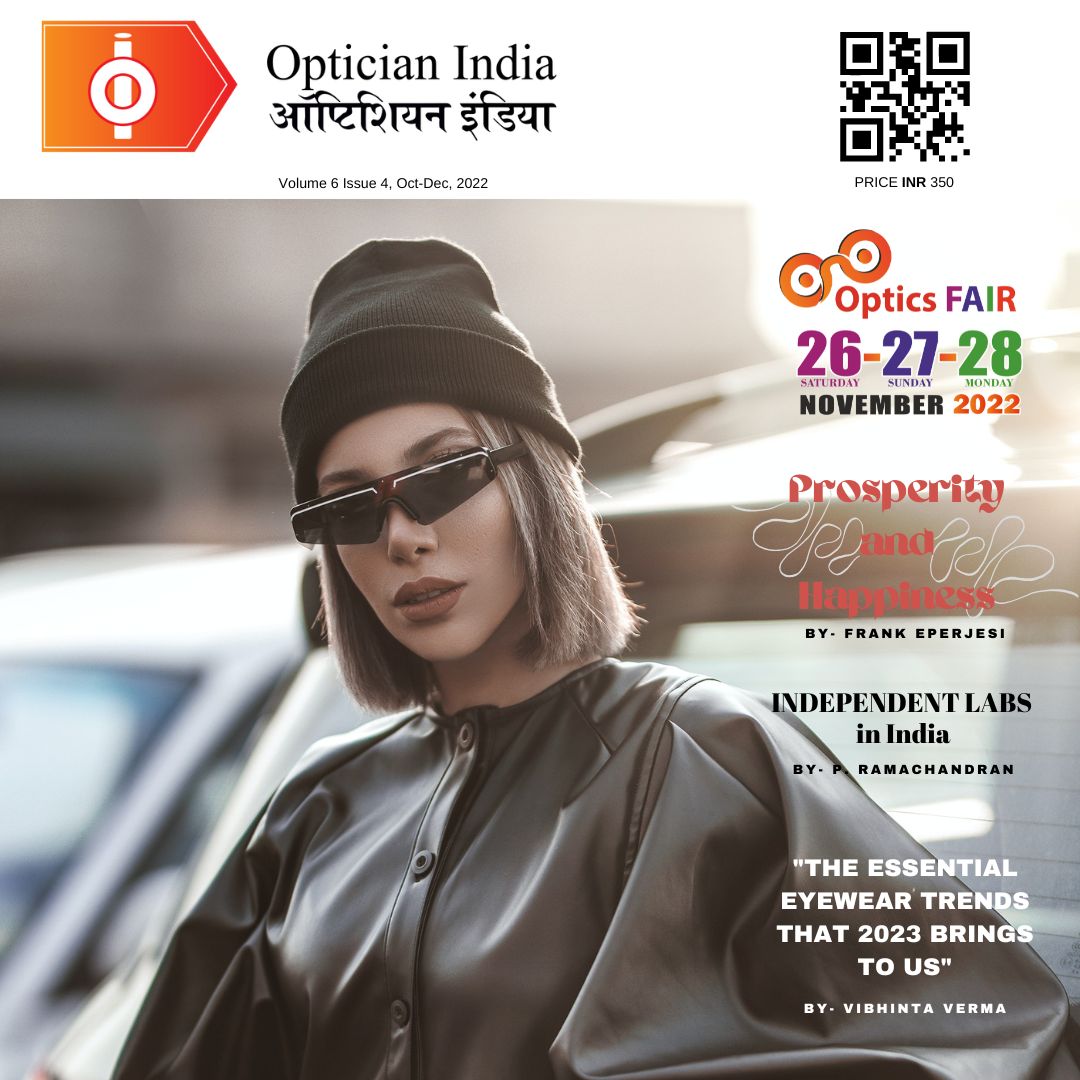
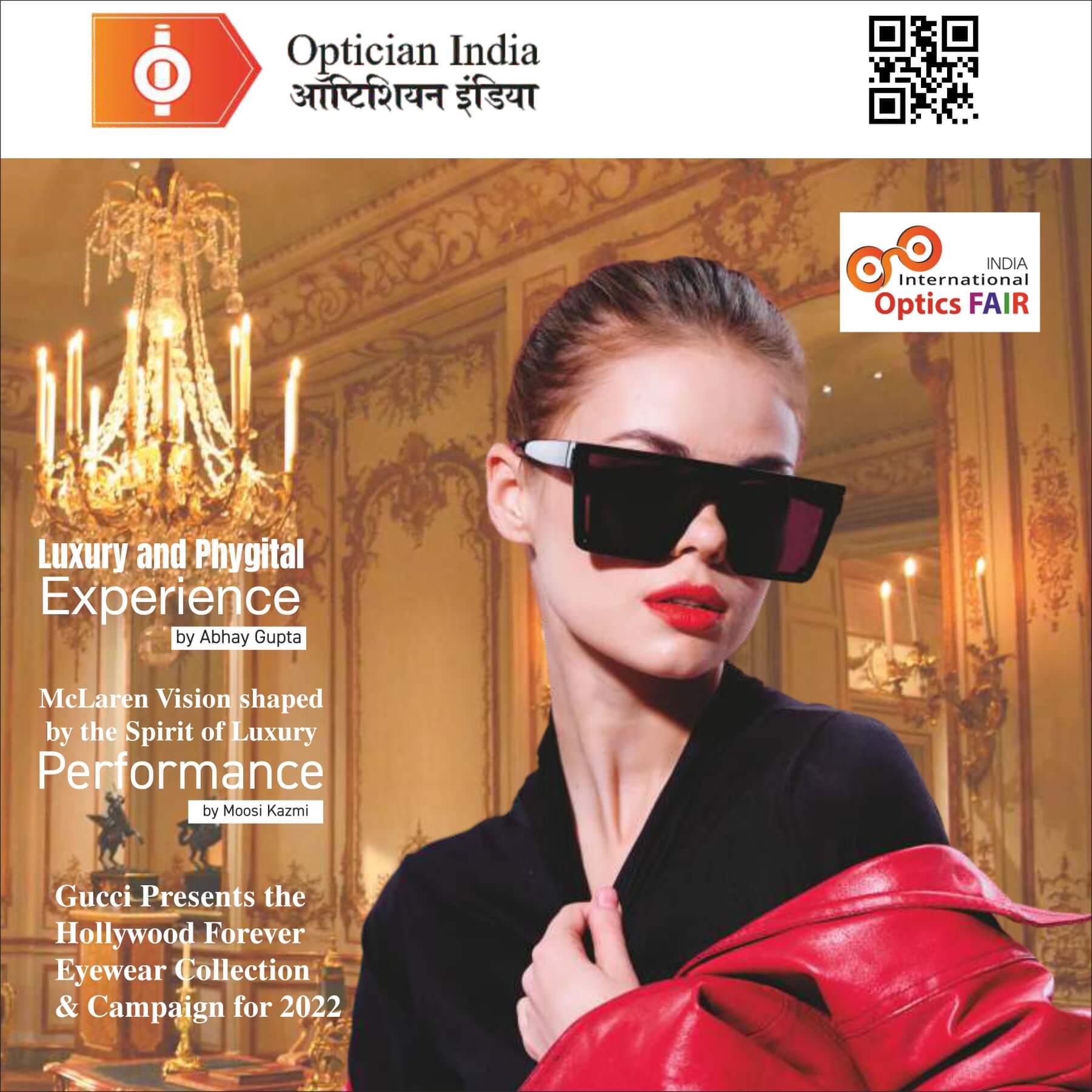
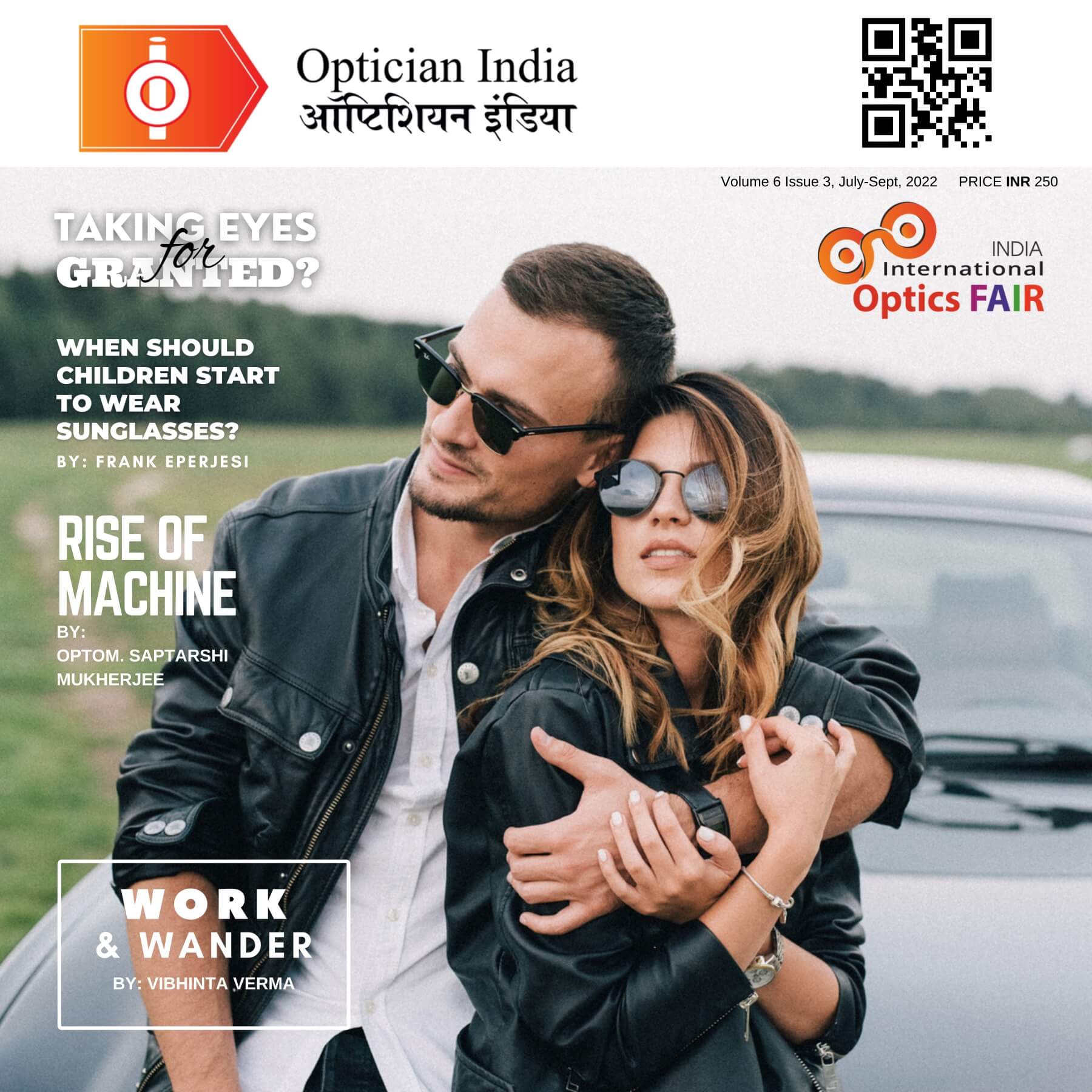
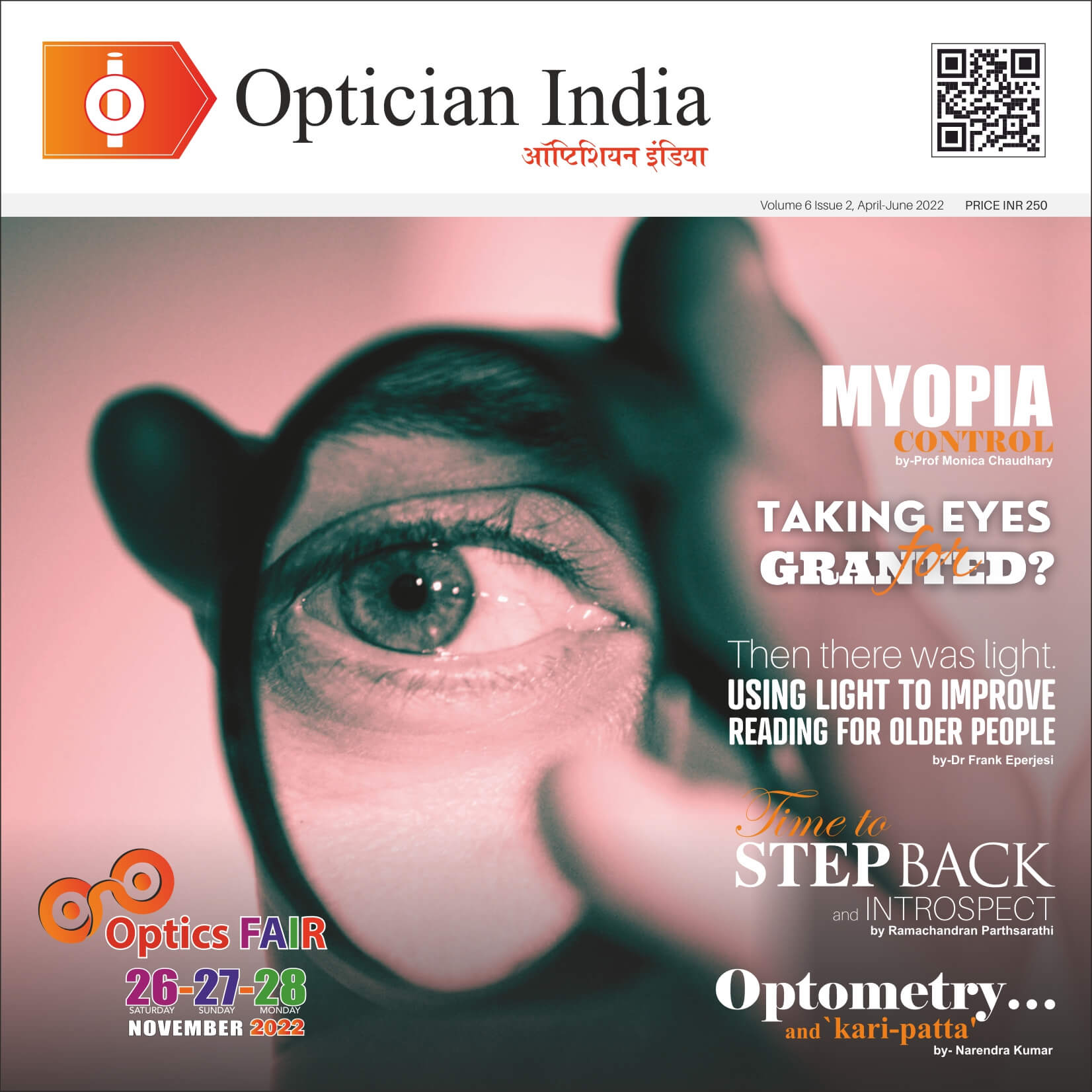
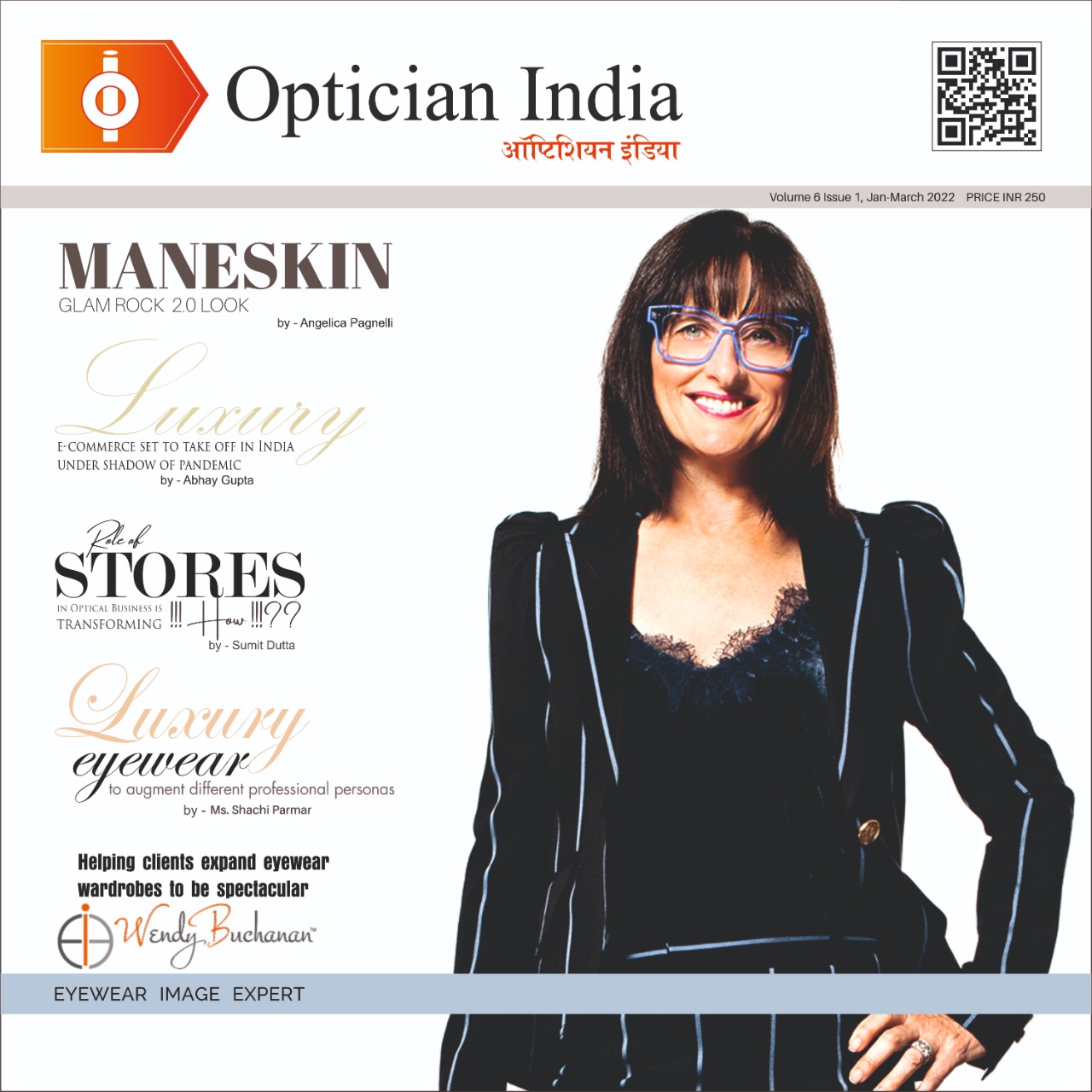
.jpg)
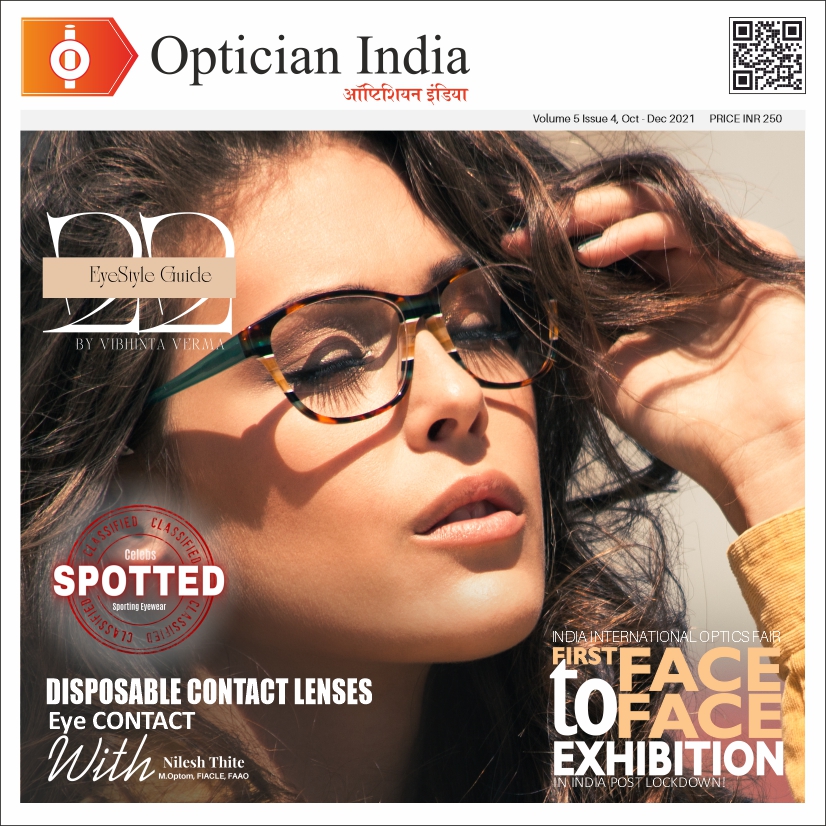
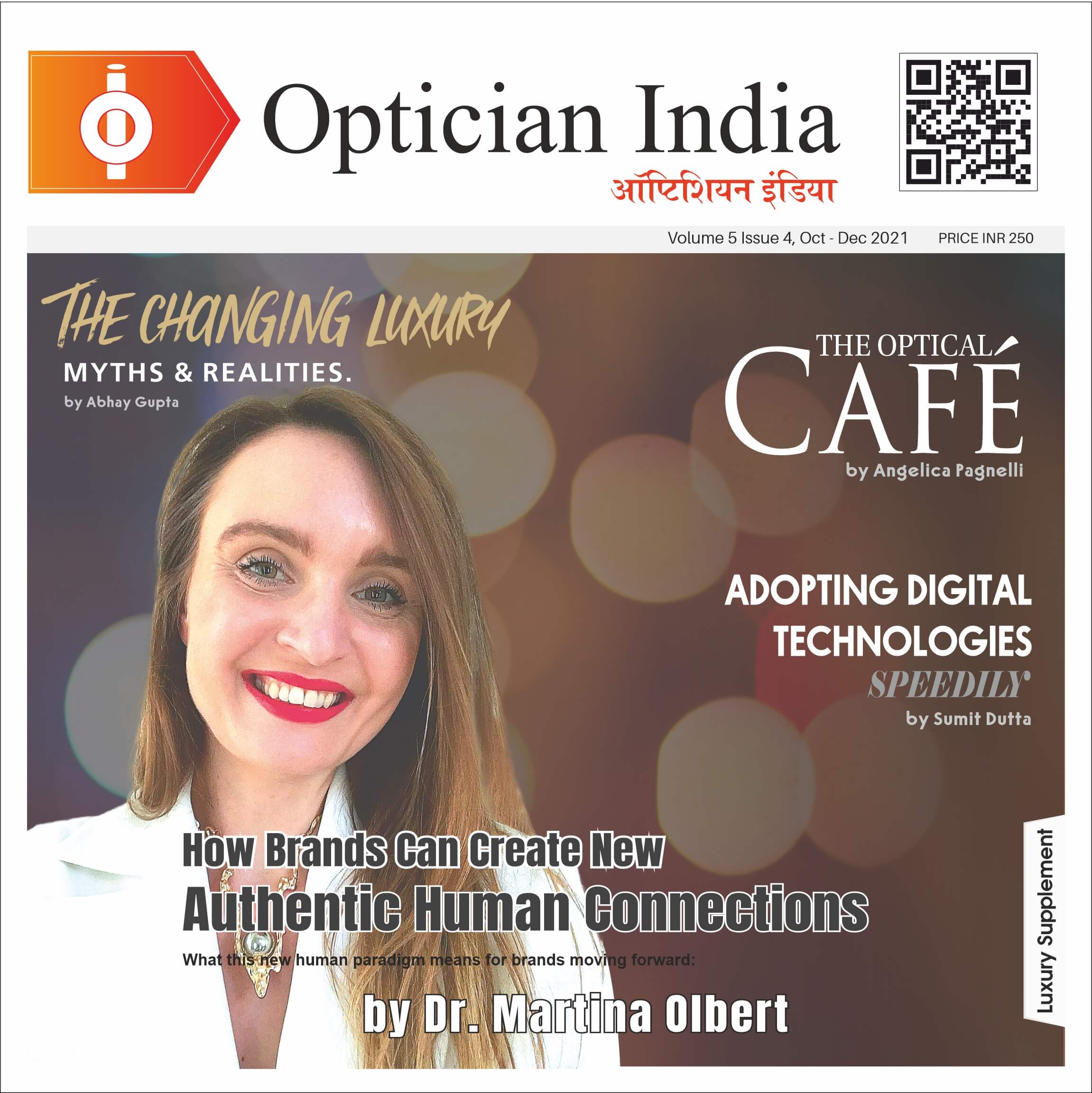
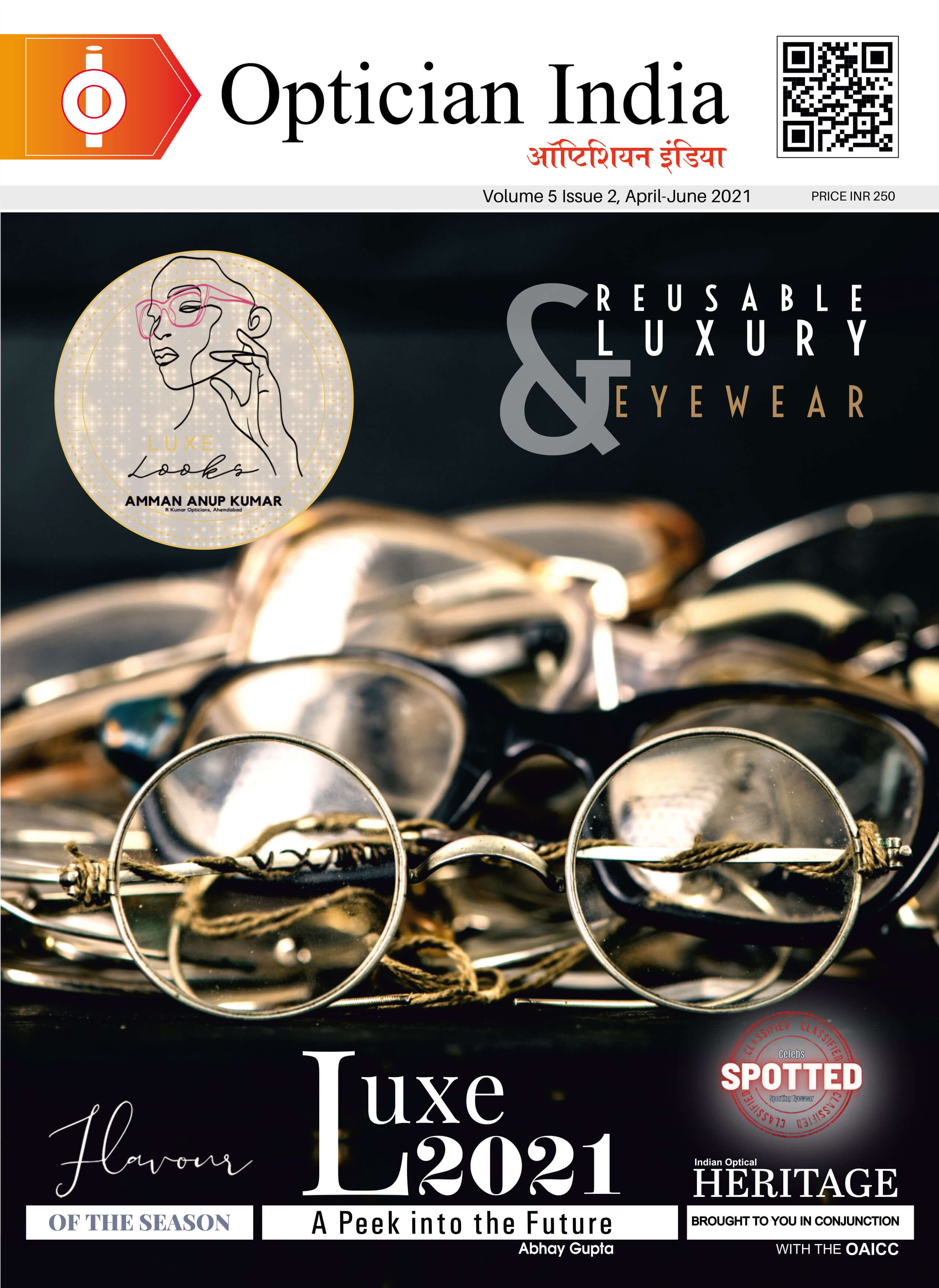
.png)
